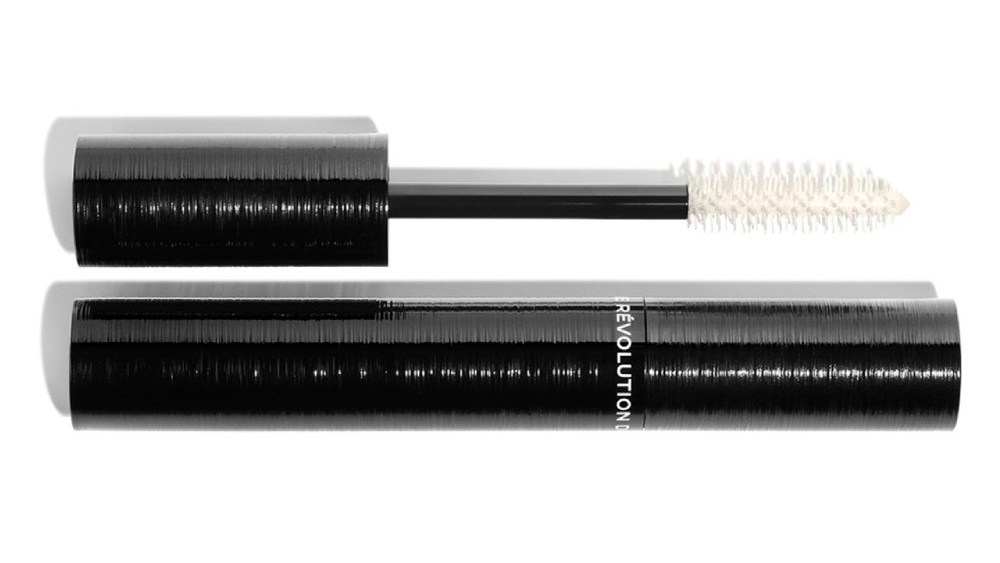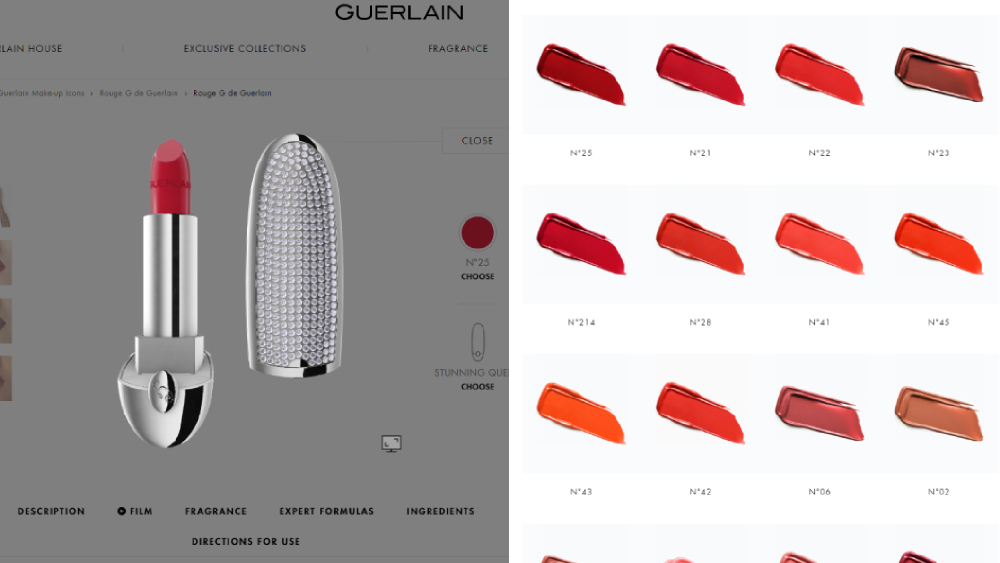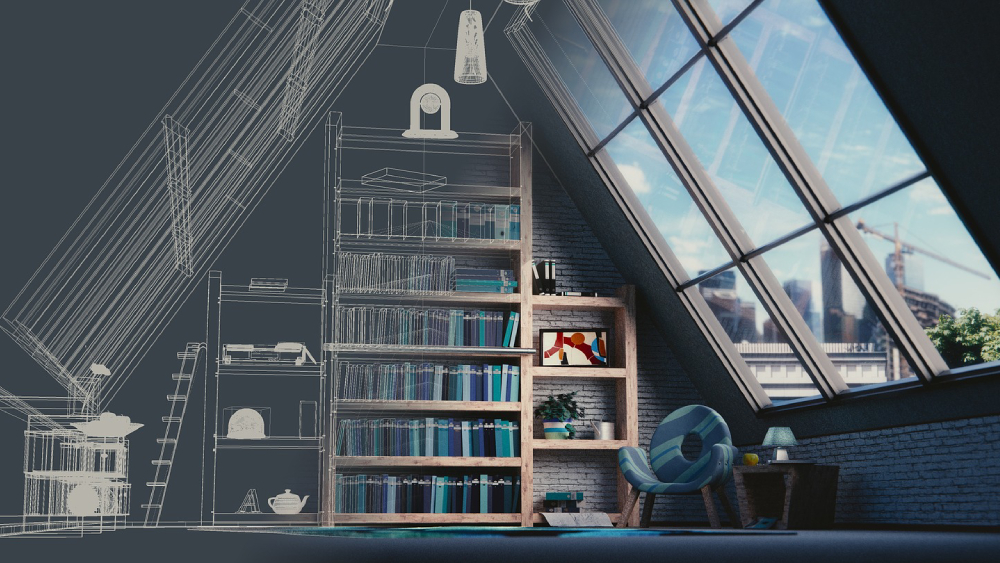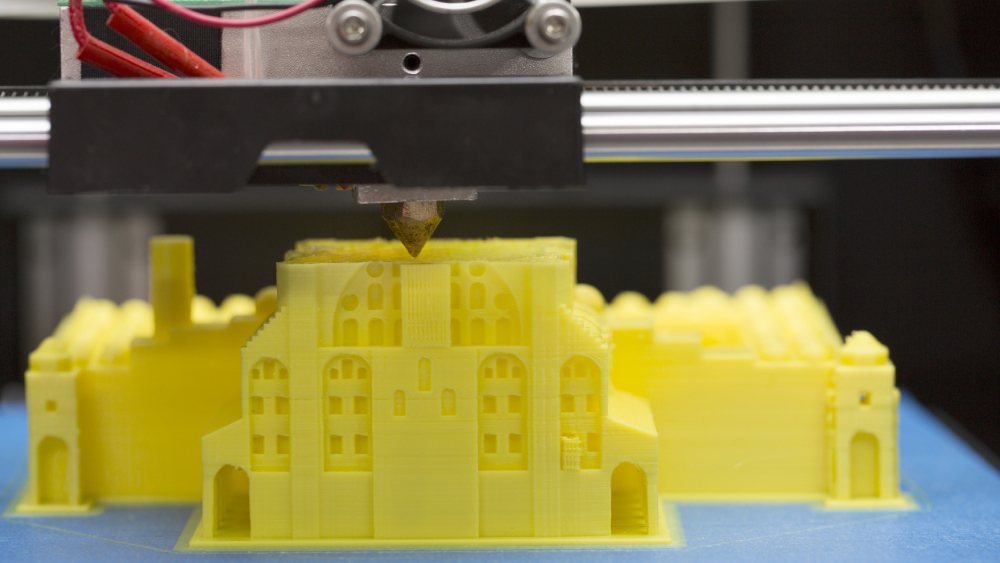3D Technology In Business: Bringing Imagination to Life
By Yahong ZHANG |Table of contents
3D technology is an emerging sector that is being embraced by business nowadays, to improve the shopping experience as well as to simplify the working process, applications of 3d technologies include 3D modeling, 3D printing, 3D visualization, 3D display and so on.
This article is aimed to figure out how such technologies have integrated into business, especially the sector of luxury, while contemplating on its growing significance, trends and advantages.
Luxury always had its embedded origins of fantasy, in which a faculty of professionals and high-end designers have been gardening and innovating on. From Chanel’s paradise couture to Dior’s dramatic circuses, this industry has proved to possess incomparable ability to tap into new concepts of aspirations and escapism.
Fact is, the luxury industry expands into even more imaginative fields, one of them stemming from the digital world (Park & Yoo, 2016).
The biosphere of digital designs is escalating and trying to align itself with the continuously growing demands for advanced technologies. Each day you can see a new 3D modeling software pop up, with various features and advanced Augmented Reality and Virtual Reality tools available to serve all kinds of demands.
A huge market potential
Although the development of three-dimensional (3D) technology took place in 1984, it has not been until recent decades that the digital technology is finally being incorporated by businesses (Sun & Zhao, 2017).
Triggered with the demands for digital transformation, the fashion industry is actively looking forward to defining modern fashion with additional technological and digital features after already going through profound changes(Behr, 2018).
These new technologies are generating promising opportunities for the textile sector, one of the world’s largest.
Reports have predicted the coming years to not only be a challenging economic environment for the fashion and clothing industry but also to be the era of shifts in consumer trends in this system (Ahmed et al., 2019).
What are the uses and how do they work?
3D Printing technology
Over the past a few years, the capabilities of three-dimensional printing (3DP) technology have gained to much attention in terms of academia as well as business which in the past was only imaginable as a science fiction (Barnatt, 2013).
In order to tap the newly emerging market aroused by 3DP, the textile and fashion industry started promoting innovation by honing on new ways to incorporate digital fabrication techniques.
Brands like Nike, Iris van Herpen and Chanel have already explored the integration of 3DP technology with new aesthetics and materials in clothing (Nike football, 2014; Sher, 2015).
In the jewelry industry, 3D printing technology allows small businesses to propose high-end personalized jewelry made on-demand for a fraction of the price it would have cost without that technology.
3D Printing Technology is regarded as a disruptive force to shape markets in the future.
Hence with the rise of such conceptual frameworks of art, huge brands had started to believe that such technology holds a considerable amount of potential to provide viable methods which would create and change the future of fashion products (Robinson, 2015; Sun & Zhao, 2017).
3D modeling, projection and visualization
Incorporating digital technologies in fashion is now seen as a significant element to gain competitive advantages around the globe among huge MNCs.

Kenzo uses 3D modeling and visualization to better present their product and the concept of co-creation to clients.
It has been observed that 3D modeling technology enabling a virtual reality-based experience for online customers has been proven to be more promising for true engagement with clients, through distribution portals of luxury brands.
According to a report, the global 3D Modeling Software market is valued at 24200 million in 2018 and is expected to reach 36100 million by the end of 2024, growing at a CAGR of 8.3% between 2019 and 2024 (Market Study Report, 2019).
3D projection refers to any method of mapping three-dimensional points to a two-dimensional plane.
This sector has expanded rapidly too, of which the market size was valued at USD 8.97 billion in 2018. Reports show that the sector of 3D projection, which includes 3D printing, modeling and mapping is expected to grow at a CAGR of 20.94% for the period of 2019 to 2024 (Market Watch, 2019).
Guerlain adopted 3D visualization and customization technology to offer clients the opportunity to fully explore the Rouge G collection as well as to personalize the product according to their unique taste.
3D visualization basically refers to the process by which graphical content is created using 3D software.
It is not only expected to boost the fashion, tech or automobile industry but also to help the defense, aerospace and security organizations improve constant surveillance and monitoring systems; border security and domain awareness, crisis management activities and broad area mapping are all made possible with the help of such technology (PR Newswire).
Impacts on business
A competitive advantage for e-commerce players
Such technologies enabled by 3D offers online buyers a shopping experience that included the sense of seeing, feeling, gauging and interacting with the product, which is unavailable in traditional ecommerce platforms.
Thus, according to Bahr, 3D modeling of products especially in the fashion and accessory sector, has been a game-changer benefitting both potential customers and brands (Bahr, 2018).
3d modeling is replacing traditional photography
Subsequently, the market is shifting from static product displays to 3D illustrations and out of the box visualizations that help to grab the attention of target market.
3D Technologies in Luxury
Modern technologies have played an important part in changing the dynamics of the fashion industry when faced with a fast-paced and competitive environment. If brands can’t keep up with market trends, they would be at risk of failing.
Innovating the luxury industry
In recent year, fashion capitals with high-end luxury brands such as Paris, Milan and New York have encountered steering waves in the way they design the haute couture due to 3D modeling technology.
This practice started a long time ago, but ever since 2011, when Van Iris Herpen, integrated 3D modeling and printing into fashion design for the Paris Fashion Week Collection, such technology has been taken seriously by various brands from multiple sectors (McDowell, 2019).
Similar brands include Chanel, Balenciaga, Bugatti, L’Oréal, BMW and so on.

Source: Chanel Launches First Ever 3D-Printed Mascara.
When combined with mass customization, it presents a blue ocean to luxury business
Generally speaking, mass customization is defined as a process of addressing personalized preferences of customers into the final goods and services.
Such systems combine the low unit costs of mass production processes with the flexibility of individual customization.

Therefore, with the help of those digital technologies, it is easier now for high-end brands to offer custom products rapidly on a large scale, with user friendly tools while avoiding ruining their well-known uniqueness and exclusiveness.
High end brands like Lolo Chatenay are now combining 3D technology and mass customization to provide tailor made products to clients. This is a simplified 3D bag configurator demo.
Accordingly, mass customization started to become a key business tool which is quickly shifting the trends of e-commerce as well as mortar and brick stores (Johnson, 2019).
For example, Levi Strauss has reported that even though 80% of the exclusively ordered pants are easily accessible off the shelf, clients still prefer to make personalized requirements through their customization platform in order to buy the most suitable pants.
The brand Custom Foot confirms the same trends of consumer behaviors (Johansson, 2019).
In addition, with the evident rise of the digital age and growing demand for competitive advantages by high-end brands, we can expect new notions of technology such as AR and VR to expand and build on this trend (Sher, 2015).
A Case Study of Baume in cooperation with Hapticmedia
This notion was thoroughly understood by Baume, a Swiss luxury brand that provides high -end watches. The company had recently introduced a new product line, first launched in VivaTech Paris, that provides their customers with a customization feature realized with 3D and AR technology realized by a French tech startup Hapticmedia.
The brand offers over 2,000 options and combinations for the product, which included hands, straps, dial, casing and engraving.
This brand is aimed to enable their clients to co- design their own dream watch with the brand in a touch and feel system, supported by an interactive 3D product configurator.
It provides an engaging customer experience which allows them to get a 360-degree product view and displays personalization and prices chosen by clients real time.
To further enhance the 3D customization process, the company also encourages customers to connect smartphones to a wristband containing QR codes. This manages to develop a real-life visualization of the customized watch on their own wrist, with the support of Virtual Reality technology and AR solutions.
The 3D model adopted to enable mass customization offers much better visualization than 2D images and can display personalization chosen by clients real time.
BAUME has partnered with Hapticmedia to develop its configurator and implement its augmented reality solution.
The results of these technological innovations are spectacular: 3D rendering that is virtually identical to the physical watch; perfect fluidity for increased configurator user-friendliness; and an augmented reality wristband that enables customers to try on their watch without physically handling it.
Hapticmedia understood our needs, both in terms of design and customer experience, and came up with very inventive ways to develop them!
Marie Chassot, Head of BAUME
Closing/ Way Forward
Nowadays it is necessary for companies to understand the dynamics of customer engagement and relationship management.
Offering an interlinked shopping experience for potential clients with the help of advanced 3D technologies seems a reasonable option for brands that are trying to establish themselves in the premium markets.
References
Ahmed, I., Balchandani, A., Beltrami, M., Berg, A., Hedrich, S., & Rolkens, F. (2019). Ten Trends for the fashion industry to watch in 2019. McKinsey & Company. Retrieved from: https://www.mckinsey.com/industries/retail/our-insights/ten-trends-for-the-fashion-industry-to-watch-in-2019
Barnatt, C. (2013). 3D printing: The next industrial revolution. CreateSpace Independent Publishing Platform, ExplainaingTheFuture.com.
Behr, O. (2018). Fashion 4.0-Digital Innovation in the Fashion Industry. Journal of technology and innovation management, 2(1), 1-9.
Johnson, J. (2019). What is Mass Customization and Why Do You Need it?. Retrieved from https://ckab.com/what-is-mass-customization-and-why-do-you-need-it/
Market Watch. (2018). 3D Mapping and 3D Modelling Market Size, Share 2019 Industry Analysis by Future Demand, Top Players, Opportunities, Revenue and Growth Rate Through 2024 - Market Reports World. Retrieved from https://www.marketwatch.com/press-release/3d-mapping-and-3d-modelling-market-size-share-2019-industry-analysis-by-future-demand-top-players-opportunities-revenue-and-growth-rate-through-2024---market-reports-world-2019-05-28
Mcdowell, M. (2019). Designers Explore the Future of Digital Clothing. Vogue Business. Retrieved from: https://www.voguebusiness.com/technology/digital-fashion-virtual-clothing-3d-design
Nike Football. (2014, February 26). Nike football accelerates innovation with 3D printed “concept cleat” for shuttle. Retrieved from http://news.nike.com/news/nike-football-accelerates-innovation-with-3d-printed-concept-cleat-for-shuttle.
Park, S., & Yoo, Y. (2016). A Case Study on Collaborations in 3D Printing Fashion. Retrieved from https://www.researchgate.net/publication/315320577_A_Case_Study_on_Collaborations_in_3D_Printing_Fashion
PR Newswire. (2019). 3D Mapping and Modeling Market Worth $6.5 Billion by 2023 - Exclusive Report by Markets and Markets. Retrieved from https://www.prnewswire.com/news-releases/3d-mapping-and-modeling-market-worth-6-5-billion-by-2023---exclusive-report-by-marketsandmarkets-300805750.html
Robinson, F. (2015, July 10). Chanel’s couture progression: 3D printing materiality. Retrieved from http://www.disruptivemagazine.com/opinion/chanel%E2%80%99s-couture-progression-3d-printing-materiality
Sher, D. (2015, September 14). Francis Bitonti launches Mutatio 3D printed shoe collection with United Nude & 3D Systems. Retrieved from https://3dprintingindustry.com/news/francis-bitonti-launches-new-mutatio-shoe-collection-nyc-57502/.
Sun, L., & Zhao, L. (2017). Envisioning the era of 3D printing: a conceptual model for the fashion industry. Fashion and Textiles, 4(1), 25.
Contact Hapticmedia now to see our successful user cases and the visible improvement we have brought to our clients. You will be amazed.


